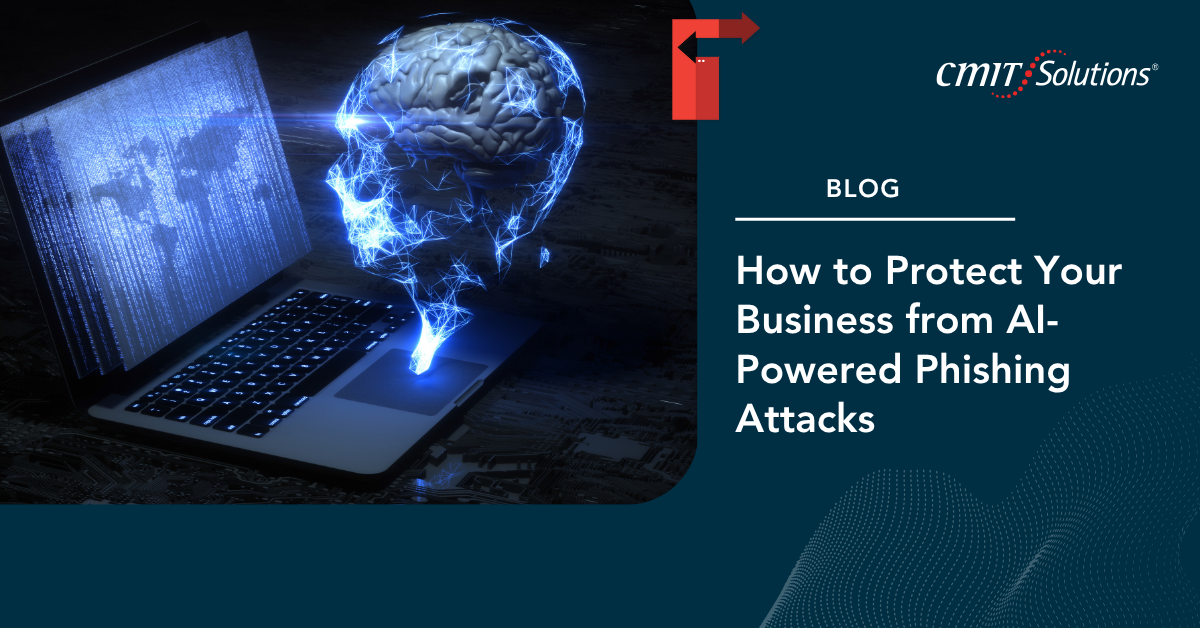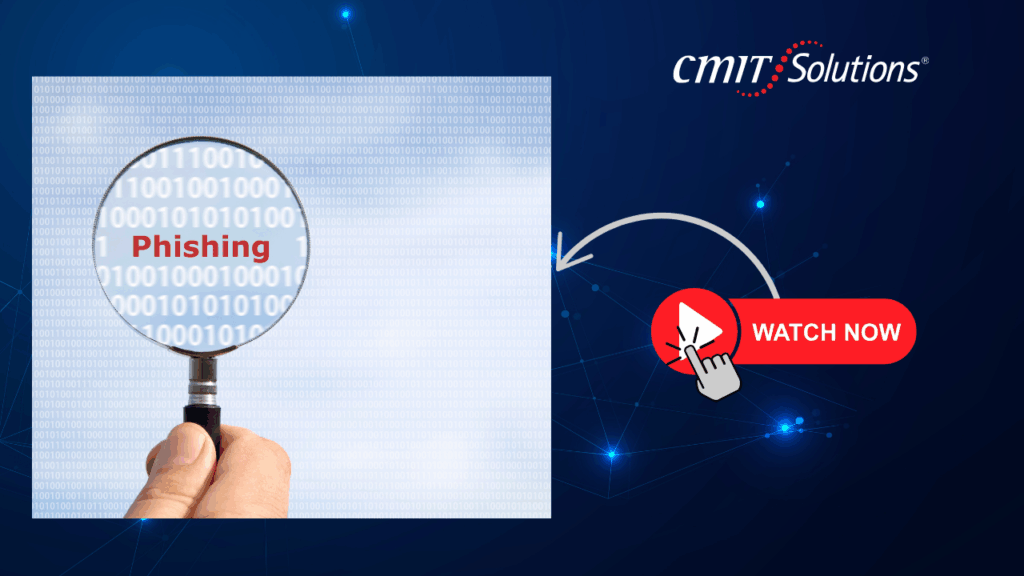What Are AI-Powered Phishing Attacks?
AI-powered phishing attacks are cyber threats that leverage artificial intelligence to mimic real users, customize scam content, and bypass traditional security measures. These attacks can include emails, text messages, voice calls, or chatbots designed to deceive employees into revealing credentials or downloading malware.
Unlike conventional phishing scams that rely on generic templates, AI phishing campaigns analyze large datasets, imitate writing styles, and even adapt in real-time based on user behavior. As a result, they are harder to detect and more likely to succeed, especially against unprepared businesses.
Advanced forms of AI phishing also exploit technologies such as deepfakes and generative models to create highly believable content. Businesses must prepare for a future where cyber threats evolve with the same agility as legitimate digital tools.
Why Are AI-Based Phishing Attacks More Dangerous?
AI-based attacks are more efficient, precise, and scalable. Instead of sending mass spam emails, attackers can use AI to:
- Harvest data from social media and public platforms
- Personalize messages that increase trust
- Bypass traditional spam filters
This level of sophistication is what makes email security tools so critical for modern SMBs. For example, CMIT Solutions of Bothell and Renton helps businesses deploy robust filtering and behavioral analysis to counter such threats.
Real-World Examples of AI-Driven Threats
In recent years, phishing attacks have become more personalized and less detectable:
- A finance department receives a request from a “CEO” to wire funds, complete with matching signature and tone
- An HR manager is tricked into clicking a link in a fake resume email generated using ChatGPT
- Deepfake audio mimics an executive’s voice to authorize a fraudulent transaction
Traditional firewalls and antivirus systems are not enough to combat these advanced threats. This is where multi-layered security models come into play, incorporating EDR, DNS filtering, and behavioral AI analytics.
Essential Layers of Phishing Protection
Protecting your business from AI-powered phishing requires more than one line of defense. The core layers include:
- Endpoint Detection and Response (EDR): A strong endpoint protection system identifies and neutralizes abnormal activity across devices before it causes harm.
- Email Filtering and Threat Intelligence: Modern email security solutions flag suspicious behavior and block high-risk attachments or links.
- Managed Security Information and Event Management (SIEM): SIEM tools like Microsoft Sentinel aggregate logs and provide real-time alerts on phishing attempts across networks.
- Intune MDM and Device Control: Tools like Microsoft Intune allow administrators to enforce compliance and remotely manage endpoints.
- Employee Awareness Training: Even the best tools fail if users are unaware. Regular training helps employees identify red flags.
The Role of Data Backups and Disaster Recovery
No defense is 100% foolproof. That’s why data backup and disaster recovery planning are vital. If a phishing attack leads to ransomware or data theft, having a reliable, version-controlled backup system ensures business continuity.
CMIT Solutions of Bothell and Renton provides integrated data backup strategies that combine cloud redundancy with fast recovery processes to reduce downtime and limit damage.
Why SMBs Need Managed IT Services
Small and midsized businesses often lack the internal resources to combat rapidly evolving threats. A trusted managed IT services provider brings:
- Constant monitoring and early threat detection
- Proactive software patching and vulnerability scanning
- Tailored cybersecurity planning aligned to business needs
- Regular audits and compliance support
Instead of playing catch-up, businesses with MSP partnerships stay ahead of new phishing techniques and implement effective email security strategies that are continuously updated.
The Future of AI Threats and How to Prepare
With generative AI evolving rapidly, we can expect future phishing attacks to become even more context-aware, voice-enabled, and visually accurate. Businesses should:
- Continuously assess risk exposure
- Adopt a zero trust model where no interaction is trusted by default
- Maintain flexible cybersecurity frameworks that adapt over time
A solid cybersecurity foundation starts with understanding where your vulnerabilities lie and partnering with experts who can build multi-dimensional defenses.
Conclusion
AI-powered phishing is not a hypothetical future—it’s already here. Businesses that underestimate this threat risk data loss, financial damage, and reputational harm.
Through a blend of awareness, technology, and expert support, your company can build an environment where AI threats are detected and neutralized before they reach your people.
By working with providers like CMIT Solutions of Bothell and Renton, you gain access to proven strategies, real-time threat intelligence, and a roadmap that aligns IT with your growth goals.
In 2025 and beyond, phishing attacks will only grow more intelligent. Will your defenses be ready?







